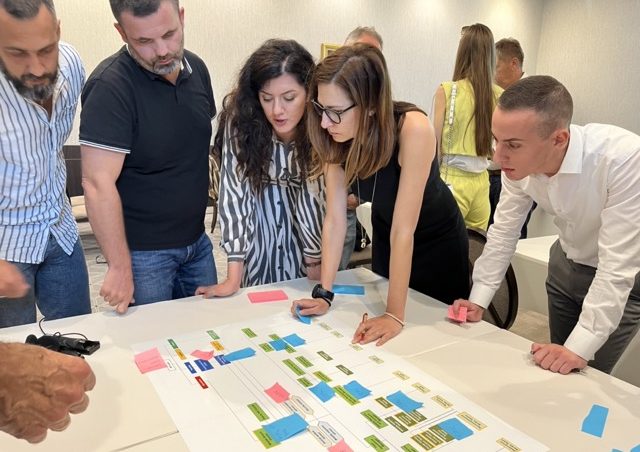
Montenegro Wildlife Planning: stakeholder workshop and fact-finding mission
Montenegro is in the process of redrafting its National Contingency Plan (NCP). As part of this process, Sea Alarm has been invited to assist with the development of a National Oiled Wildlife Response Plan for the country and to provide training courses for national stakeholders of the plan.
The first phase of the NCP redraft project, which completed in Autumn 2021, concentrated on the development of strategic and operational procedures for a response at sea. In the second phase of the project, closely related topics will be reviewed, including wildlife response planning and preparedness.
During June and July Sea Alarm, together with two organisations from the EUROWA Network (WRCO and ProBird), completed the first part of the national oiled wildlife response plan project, carrying out a field fact finding mission in Montenegro and a one-day stakeholder workshop, financed by the Hydrocarbon Administration Training Program.
The workshop was well attended, with a good representation of stakeholders which will be potentially involved in the National Oiled Wildlife Response Plan. Topics such as wildlife planning, effects of oil on wildlife, rehabilitation facilities, organising field operations and wildlife in Montenegro were presented.
During the workshop, Claude Velter (WRCO) and Sascha Regmann (ProBird) presented to the participants the results of their wildlife fact finding mission (27th-30th June). Both experts travelled along the coast of Montenegro identifying potential hot spots for wildlife including birds, sea turtle nesting beaches and potential locations of monk seals, and identifying what preparedness and capacity building efforts are needed for species that could potentially be impacted.
In the last part of the workshop, participants went through a tabletop exercise where they had to think what their role and involvement could be during a wildlife response, where a Wildlife Branch would need to be populated. The exercise gave some insights for the future plan and how all stakeholders could collaborate to be better prepared.


